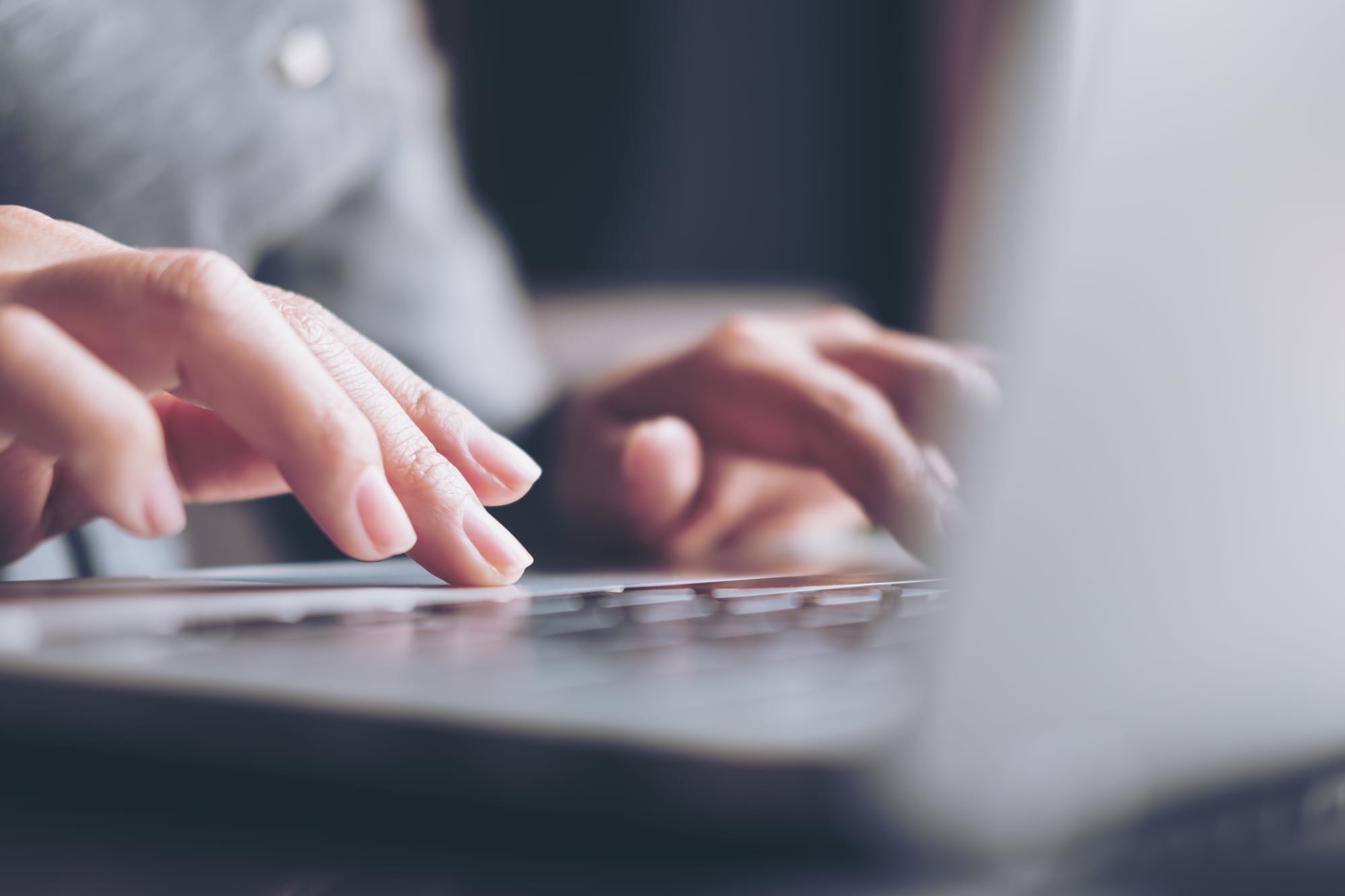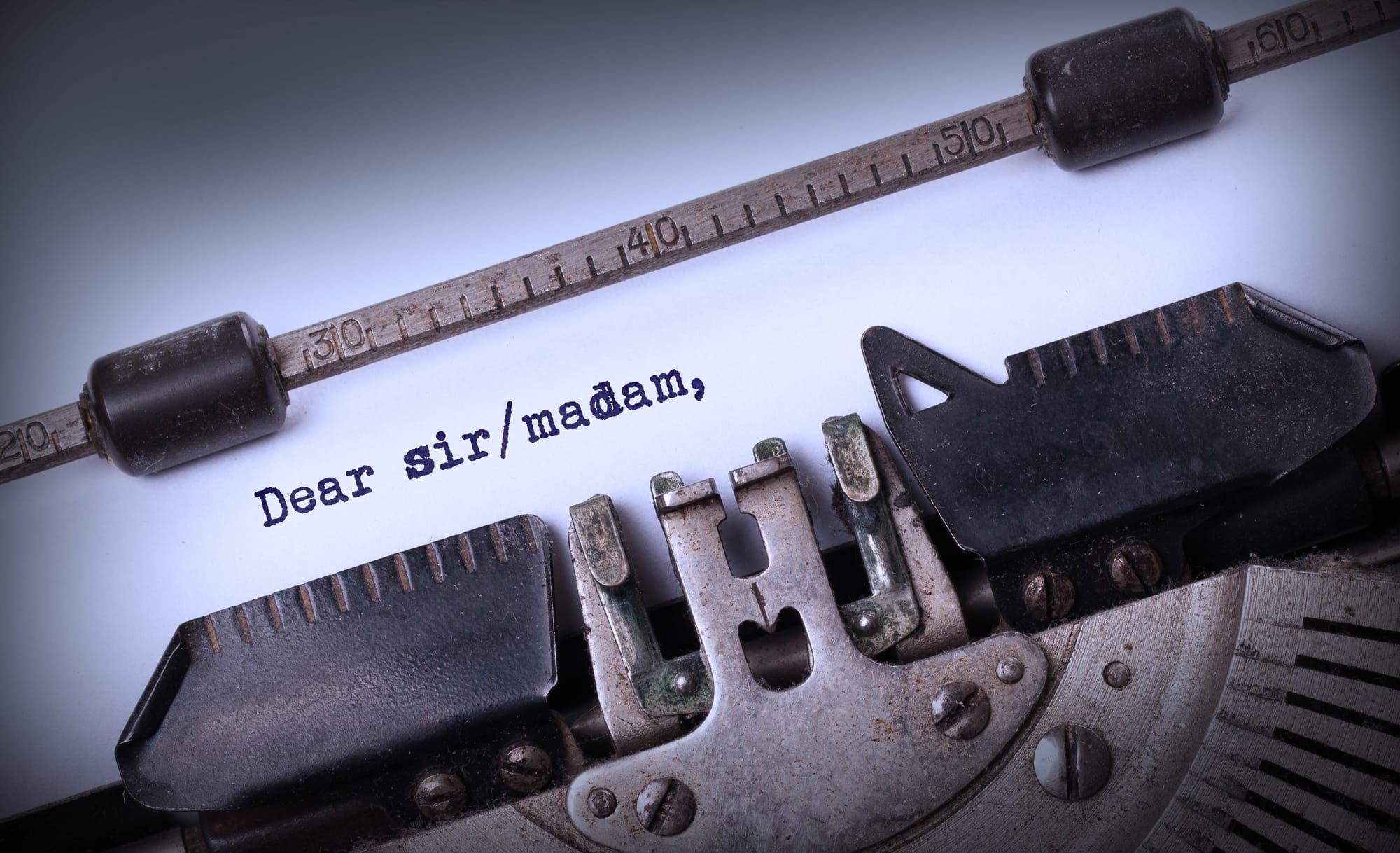We first used to learn about salutations during literacy classes at school. We’d learn about letter writing and how to properly and formally address someone. It’s fair to say that traditional letter writing is dying off. The practice, however, is alive and well in its new form. The email.
Email salutations directly influence the tone and reception of the email, in the same way that they did with traditional letters. The salutation that you use could be the difference between an engaged reader or someone who immediately deletes your email and moves on.
In this article, we’ll share some background on email salutations, multiple examples of salutations, and some further insight into the nuance of email salutations.
- What salutations work best in formal and informal situations?
- How can you tailor a salutation for the recipient?
- What are some common pitfalls to avoid?
The Role of Email Salutations
You’d be forgiven for thinking that email salutations are just a formality. It's almost like we’re paying lip service to a bygone era. That’s not the reality of the situation. These small starts to our emails hold far more weight than that.
The main role of the email salutation is to set the tone. You greet the recipient and let them know the way that the email is going to go. Think about it in the same way as when you enter the room. If you walk in sternly and offer a firm handshake, chances are this is going to be a formal interaction. If you enter smiling and hug the person, they instantly know this will be an informal and warm meeting.
A salutation also shows respect to the recipient. When you address someone in the right way or the way they’re accustomed to, it shows that you’ve done your research. It shows that you’ve taken the time to recognize their individuality. This is especially important in a cold email to a potential client. The last thing people want is to feel they’re part of yet another mass mailshot.
Another role that the salutation fills is to build affinity and connection. Digital communication often feels cold. It leaves the recipient feeling impersonal. That’s not what anyone wants, especially not in business communication. The right salutation can have the opposite effect. It can build bridges and help to nurture relationships.
Salutations do a lot. Impressive, given that they’re usually only a handful of words.
The Different Types of Email Salutation

Emails are often as diverse as the recipients receiving them. There’s an endless selection of tone, purpose, and content. That certainly makes it difficult to pick the right one. The following examples give you options for the most frequently used email tones.
Formal Email Salutations
Dear {Name/Sir/Madam}: Arguably the most classic choice and frequently used in traditional letter writing. Though it’s wildly out of fashion in emails and likely to send your emails directly to the bin, this is appropriate legal documentation, primarily where the recipient is known.
To Whom It May Concern: Sometimes, you need to send a formal email to an organization, but you’re not sure who to address it to. That’s when to use this salutation. That said, it isn’t recognized worldwide and is undoubtedly impersonal.
Professional Email Salutations
Hello {Name}: Probably the most popular choice for emails. Using this salutation strikes a balance between professionalism and approachability. Usually used when talking to clients, colleagues, and other work-related contacts.
Hi {Name}: Used in the same way as a replacement for Hello, but sometimes seen as a slightly more informal option.
Hello/Hi {Department or Team Name}: If you’re sending an email directed at a larger group of people, this is acceptable and more personalized than using “all.”
Neutral Email Salutations
Greetings: This salutation works in most contexts, but most likely when opening a dialogue with someone you haven’t talked to in some time.
Good {Morning/Afternoon/Evening} This could be used in a formal context or an informal one. Nobody is going to be confused or offended by this salutation. The salutation changes only on the time of day rather than the relationship with the recipient.
Hello there: This is a slight change from the professional salutation mentioned above. Seeing as you’re dropping their name, it reduces formality a bit. Especially welcomed by fans of Star Wars.
{First Name}: Here, you just use their name and then dive into the content. It’s certainly direct and often used when initial emails have already been exchanged, and salutations feel redundant. Some people use this to convey irritation or firmness.
Hey {Name}: A step below Hello and Hi, Hey is seen as the laid-back option. Use this when talking to your friends or close colleagues. Sometimes, using it with clients is appropriate if you have a relaxed relationship.
Tailoring Email Salutations
The first step in tailoring and personalizing your salutation is to understand who you’re addressing. Think about the person at the receiving end of your email. Are they the CEO of the business? Are they respected and senior in their field? Then you will need a formal salutation such as, “Dear Dr. Jones.”
A quick email between colleagues in another department would warrant a professional, “Hello, James.” It shows that you’re familiar with them but are still maintaining professionalism. If it’s a close colleague, then a simple “Hey Mike” would suffice.
In this work context, you’re likely to take guidance from how familiar you are with the recipient, where they sit in the hierarchy, and your relationship with them. The same could be applied to cold emails or emails outside of your organization.
It’s also important that you consider cultural variations. Different cultures around the world put different weight on salutations. Western society has started to take a more lackadaisical attitude toward salutations, often deferring to first names. Asian society sees using Dear, their formal title, and then a surname as a necessary sign of respect.
Those working in academia, medicine, or legal industries often need to pay greater credence to salutations. It’s respectful to acknowledge their title, such as “Doctor” or “Professor.”
Your choice of salutation and how you personalize it will affect the next section of your email. Are you going to use an icebreaker to alleviate any tension? You might even consider linking your salutation to your email sign-off. There are options to connect the threads of your writing.
Email Salutation Mistakes

Picking the right salutation is a necessary step in writing an email. In most cases, it’ll be the first thing you do. We’ve shared what you should do, but it’s also worth acknowledging what you should avoid doing.
- You’re overly familiar: Launching into an email with Hey or Hiya when you’re addressing the chief marketing officer of a company you’re looking to work with isn’t going to display any degree of professionalism. They could well be an informal and relaxed company, but it’s generally worth airing on the side of caution and being respectful.
- You’re overly formal: Precisely the opposite of the point above. Suddenly being overly formal with a colleague is not only odd, but sometimes it can be seen as rude. Many people defer to formality when a relationship sours—especially client relationships.
- Misspelling names: When you open an email and someone has spelled your name wrong, it doesn’t feel good. In fact, it can feel insulting. Why should you spend more time on this email if they can’t even learn your name?
- Being too generic: There are times when “To Whom It May Concern” and “Good Morning” are acceptable. Don't overuse them (especially the former). It begins to feel impersonal and odd.
- Getting a title wrong: Many people will forgive this, but it’s important to realize that, for some people, their title is of utmost importance. They’ve worked for years to achieve that title. They’d like you to pay lip service to it.
Key Takeaways
The email salutation is a way of fostering connection and showing respect. The one that you choose has the power to drive and lead conversations. Conversations that could lead to meaningful relationships and sales conversions. They’re only a handful of words, but they make up your first impression. You only get to make that once.
- Some cultures will put more emphasis on the salutation that you use than others. Pay special attention to this when composing emails.
- Always double-check your salutation and spelling before pressing the send button.
- Including personalization is a crucial step when writing a salutation. The more you know about the recipient, the better.
Now it's time to compose your email. Check out our collection of email templates and get started!
- High-Converting Business Email Templates
- Sales Follow-up Email Templates Built To Convert
- 7 Effective Cold Sales Email Templates for Better Outreach and Engagement
- The 10 Best Cold Email Templates For Improving Your Response Rate
- Powerful Cold Email Templates for B2B Sales Outreach
- 3 Guest Post Pitch Email Templates To Get Your Post Published





